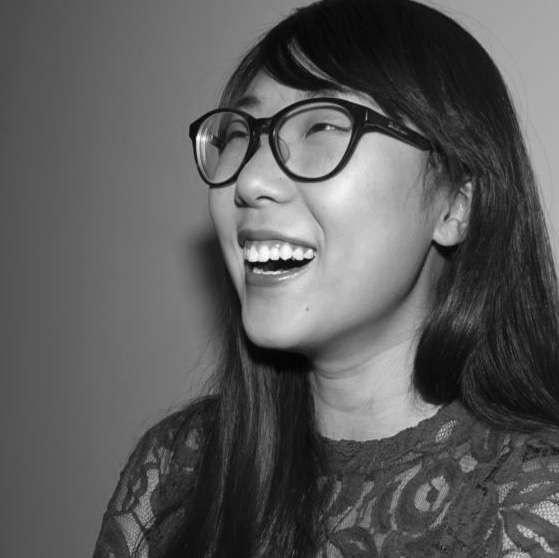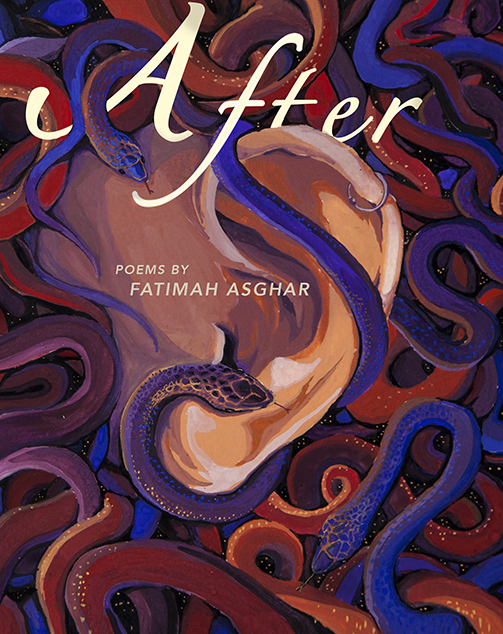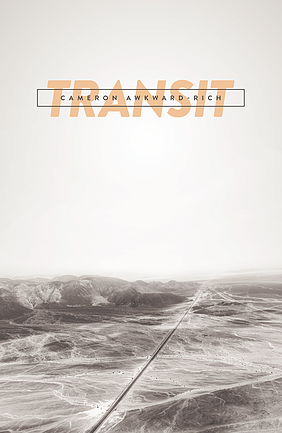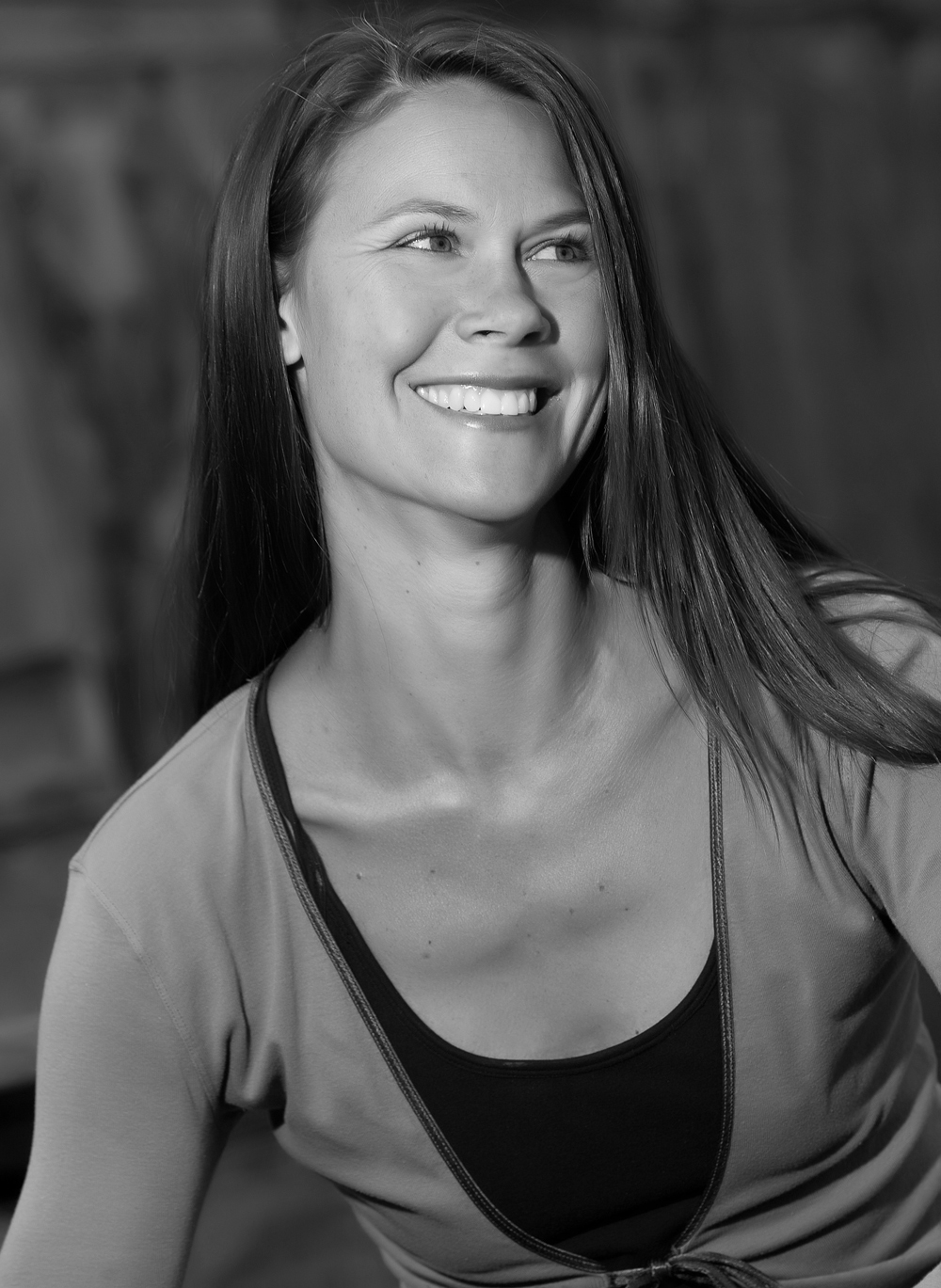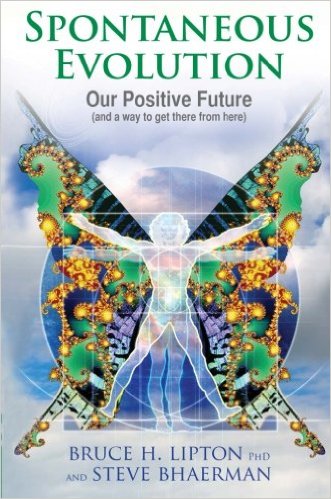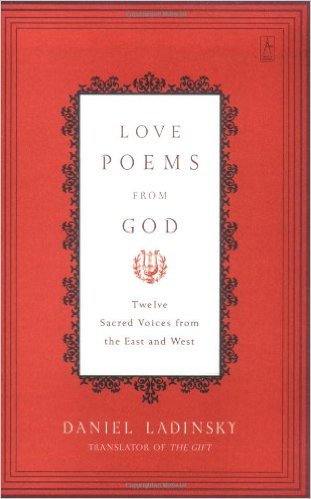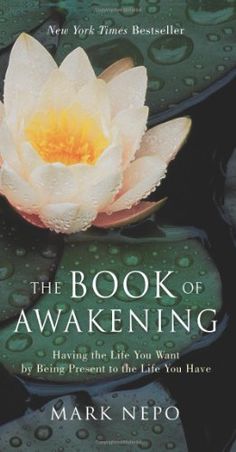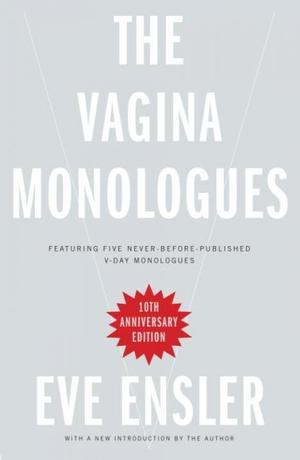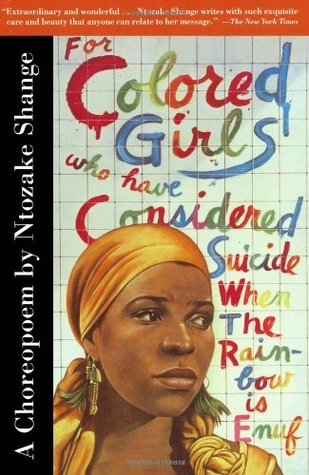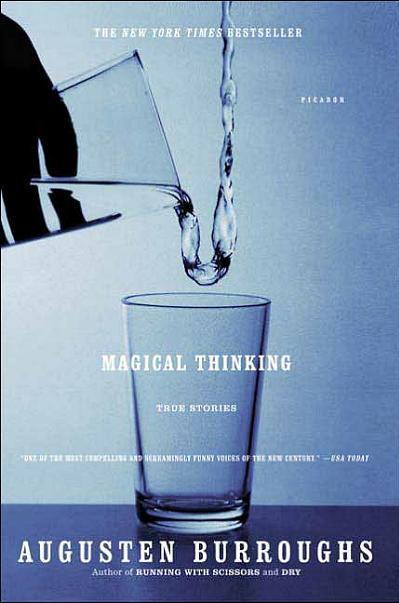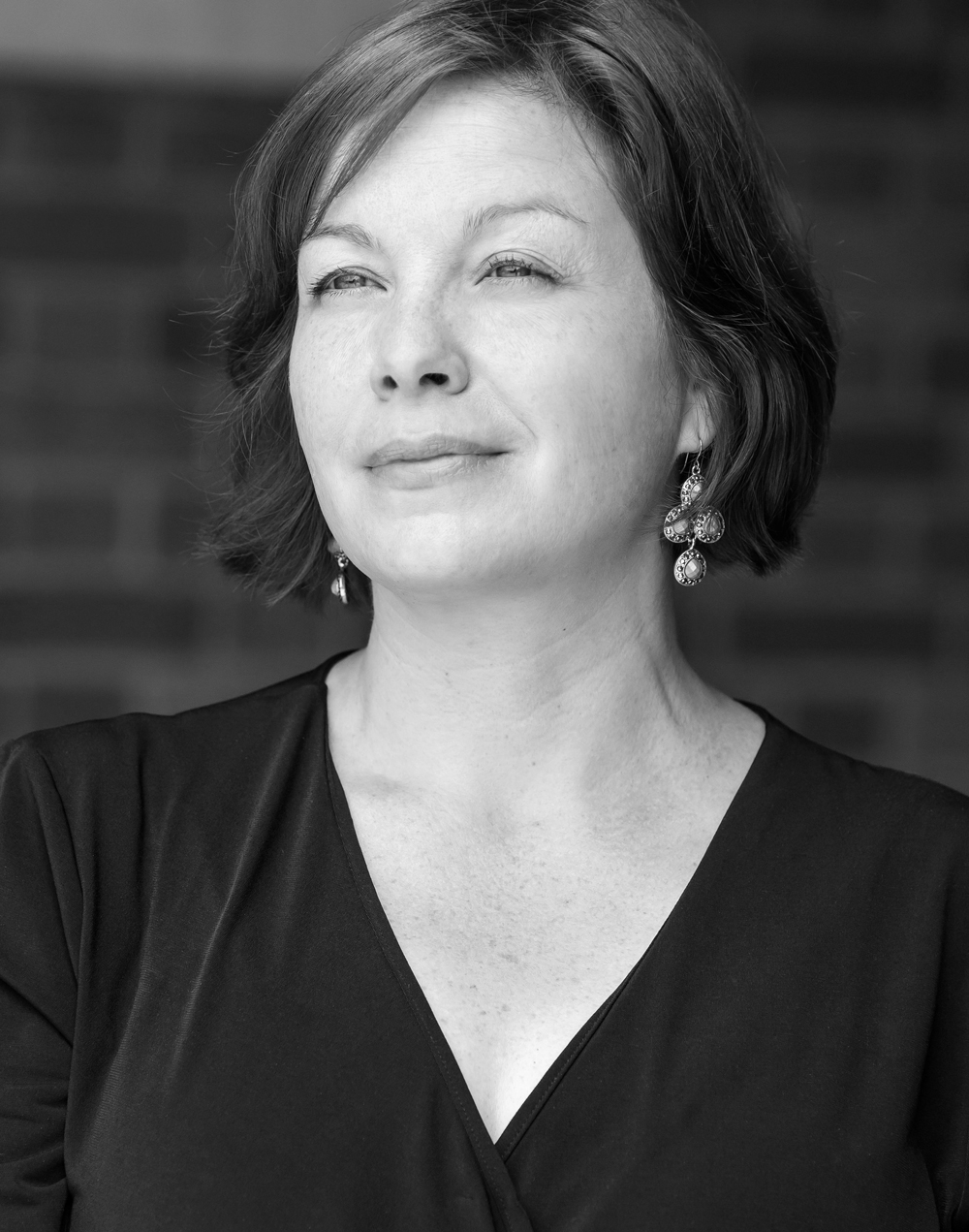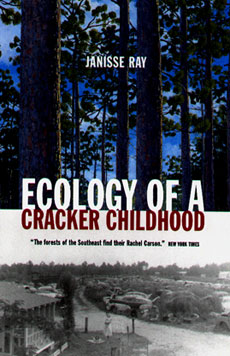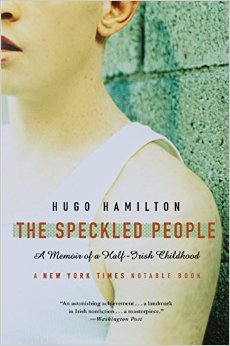Ruth Madievsky on Medicine & The Arts
 Ruth Madievsky blends the mind of medicine with the heart of art. She is a doctoral student at University of Southern California's School of Pharmacy and a research assistant at an HIV clinic specializing in maternal care. Born in Moldova, she now lives in Los Angeles.
Ruth Madievsky blends the mind of medicine with the heart of art. She is a doctoral student at University of Southern California's School of Pharmacy and a research assistant at an HIV clinic specializing in maternal care. Born in Moldova, she now lives in Los Angeles.
These unique experiences electrify her debut poetry collection, Emergency Brake. "This is a new voice made of sunlight, knives, emergencies, heat, honesty, bottles of vodka, and a tanker full of talent," says poet Matthew Dickman.
For guidance and support, Madievsky often turns to literature. "In her essay Illness as Metaphor, Susan Sontag writes, 'Illness is the night side of life, a more onerous citizenship. Everyone who is born holds dual citizenship, in the kingdom of the well and in the kingdom of the sick. Although we all prefer to use the good passport, sooner or later each of us is obliged, at least for a spell, to identify ourselves as citizens of that other place.' "
"As a healthcare provider," says Madievsky, "I spend a lot of time thinking about that other place — how to avoid it, how to escape it once you’ve landed there, and how to live within it.
Propofol
My kidneys are leaning into the wall of my back
like a pair of boxing gloves,
the way my grandfather is leaning
into the idea of an operating table,
a paralytic agent, his body
a space station for someone else's hands.
I work in the hospital where it will happen.
I work and wait for the part
where the lungs I keep wanting this month to be
stop huffing propane, stop threatening
to make like my patient's veins
and collapse. Inside
the sterile compounding room,
I shoot drugs,
down an IV bag's gut. I listen
to the outer-space hum of machines
that eat the air out of the room.
There is nothing sexy
about incision.
There is nothing about the phrase
nasogastric tube
that makes me want to look
both ways before crossing the street.
I want to hold him
like he is something other
than a mucus membrane.
Like maybe the planet inside him is Pluto,
like it's not really a planet at all.
— Ruth Madievsky
Ruth Madievsky shares three of her favorite books on Medicine & The Arts:
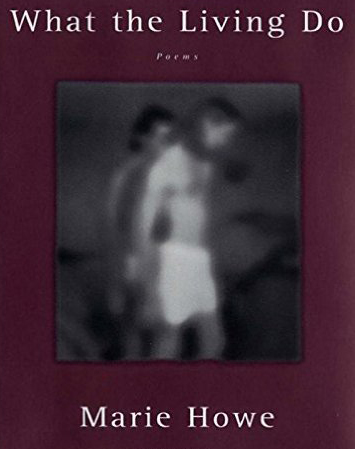
 What the Living Do
What the Living Do
by Marie Howe
I’ve re-read What the Living Do so many times that the pages are barely married to each other. What the Living Do is a book of intimacy and of bearing witness, a rumination on the body and its vacillations between the kingdom of the well and the kingdom of the sick. In some ways, the book is a love poem to loss — the loss of a brother to AIDS, the end of a marriage, the close of an abusive childhood — and a celebration of survival, of the dailiness of being a human in the world.
One of the most striking things about What the Living Do, which I am always trying to capture in my own work, is how it gives voice to moments that pass in silence. In “Watching Television,” Howe writes:
I have argued bitterly with the man I love, and for two days
we haven’t spoken.
We argued about one thing, but really it was another.
I keep finding myself standing by the front windows looking out at the
street
and the walk that leads to the front door of this building,
white, unbroken by footprints.
Anything I’ve ever tried to keep by force I’ve lost.
What the Living Do pulses with grief and with joy. Marie Howe is a master at putting into words the unspeakable and imbibing a holiness to the everyday. Take, for example, the opening of her poem “The Gate”:
I had no idea that the gate I would step through
to finally enter this world
would be the space my brother’s body made
and the close of her poem “Late Morning":
A little breeze through the open window, James’s warm cheek,
a brightness in the windy trees as I remember, crumbs and dishes
still
on the table, and a small glass bottle of milk and an open jar of
raspberry jam. 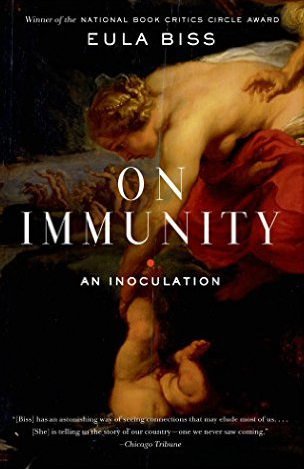
 On Immunity: An Inoculation
On Immunity: An Inoculation
by Eula Biss
It’s 2013, my third week of pharmacy school, and my classmates and I are learning how to give immunizations . . . by practicing on each other. Since earning my immunization license, I have become increasingly interested in cultural perceptions of immunity and their implications. If you are a human being who lives in any kind of community, you should read this book. Our rhetoric around immunity sheds light on everything from the anti-immigrant sentiment of late to issues of race, class, and gender, to the inner workings of and barriers to public health.
A few standout moments:
We resist vaccination in part because we want to rule ourselves.
In the case of Pakistan, the CIA actually used a fake vaccination campaign to try to locate Osama bin Laden, so now vaccination is associated with espionage.
If our sense of bodily vulnerability can pollute our politics, then our sense of political powerlessness must inform how we treat our bodies. 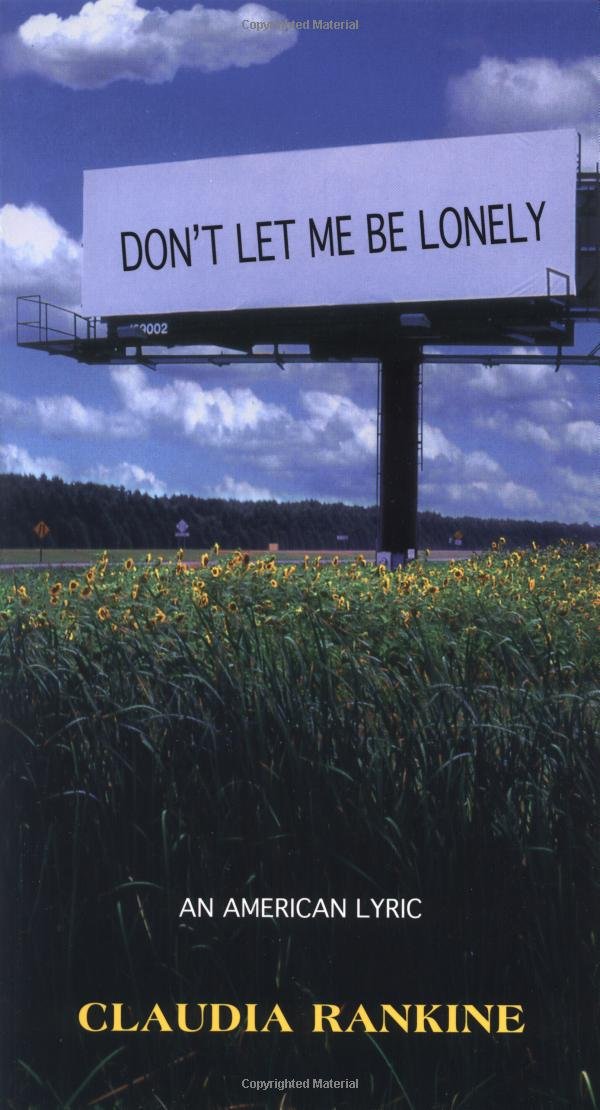
 Don’t Let Me Be Lonely: An American Lyric
Don’t Let Me Be Lonely: An American Lyric
by Claudia Rankine
Don’t Let Me Be Lonely was my gateway drug into lyric essays. It’s a gorgeous meditation on human health and loneliness, on the bodily and the political. The hybrid form shifts between prose and poetry, text and image, into a whole that is so much more than the sum of its parts. Claudia Rankine’s definition of loneliness is the best I’ve come across: “It’s what we can’t do for each other.”
Don’t Let Me Be Lonely is a thrilling read for anyone interested in the language of the body, really anyone who loves language at all. Early on, Rankine recounts working on a book about liver failure and justifying it to an editor: “Why do I care about the liver? I could have told her it is because the word live hides within it. Or . . . the fact that the liver is the largest single internal organ next to the soul, which looms large though it is hidden.”
Rankine is skilled at finding an image’s pulse, at peeling back its layers and showing the reader its still-beating heart. Halfway through the book, she writes, “Mr. Tools, for a while the only person in the world walking around with an artificial heart, said the weirdest thing was being without a heartbeat. He was a private and perhaps lonely singularity. No one else could say, I know how you feel. The only living being without a heartbeat, he had a whirr instead. It was not the same whirr of a siren, but rather the fast repetitive whirr of a machine whose insistent motion might eventually seem like a silence.”

 Post a Comment
Post a Comment